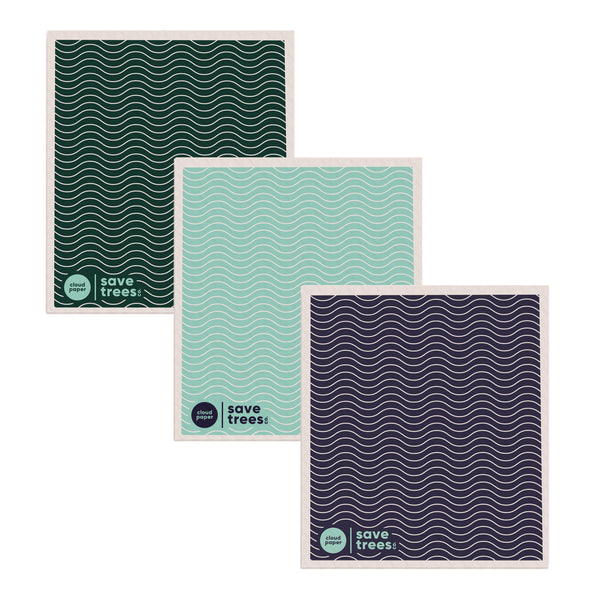Save even more trees and try...

Swish Cloth - Pack of Three
Frequency: Every 4 months

Bamboo Tissues - 12 Boxes
Frequency: Every 6 months

I still remember the first time I saw a YouTube video featuring a young girl who had successfully managed to stuff all of her waste for an entire year into a small mason jar. The jar was colorful — full of tiny items like plastic twist ties and broken rubber brands.
My first reaction was to be incredibly impressed, but if you’re anything like me those thoughts were quickly replaced with a single question: How?
We live in a world where it's commonplace for a single family to fill a kitchen bag with trash at least once a week. So how did this girl manage to reduce all her waste down to a miniscule fraction of the average American?
If, like me, you've wondered how to go zero-waste in this modern world, today we're going to break it down.
But before we get too deep into the “how”, it's helpful to have a complete understanding of what zero-waste means and how the movement came about.
In the world of sustainability, zero-waste is the gold standard.
The term zero-waste means exactly what it sounds like — that nothing is wasted. And it's actually the natural state of the planet. When we look at nature, there is a cyclical nature to things:
Plants grow, animals eat those plants, and nutrients continuously cycle their way up the food chain. When those animals have run the course of their life, they decompose back into the ground and transfer those nutrients to help the plant life grow. Nothing is wasted. The circle of life in itself is a zero-waste system.
Waste is a distinctly human problem. To create things that last beyond their useful lifespan and have no further purpose is a very modern concept. Even our ancestors did not create waste like we do today. Back when sourcing and production were limited, those resources were cherished. They were reused as much as possible and then repurposed after that.
With the industrial revolution, humans became capable of mass, easy production. Without recognizing that our resources were limited, we began to make more than we needed. And anything extra — anything leftover — became waste.
Waste is something without purpose. Something buried, or burned, that is no longer part of the cycle of life.
The key to going zero-waste is to understand how that cycle works, and learn how to “close the loop” (which is another way of saying zero-waste).

If we’re going to be real for a second, our modern world is not set up to make zero-waste easy. It takes a lot of knowledge and a lot of commitment. But once you create the habits and have your systems in place — it is achievable.
If you have heard of the three R's: reduce, reuse, and recycle, then you're well on your way to achieving zero waste.
In order to close the loop and go zero-waste, it's important to understand what a waste hierarchy is. We go more in depth in this blog, but essentially a waste hierarchy means you have an order of operations for how you treat items that come in and out of your life. The primary principle here is to start by reducing. (Psst: we’ve done a deep dive on each of these subjects in our previous blogs — click on the hyperlinks to read more about each principle):

Understanding the theories and frameworks is essential in order to achieve zero-waste. But I wanted to leave you with some actionable advice to apply immediately.
Here are a few easy steps you can take to begin your journey toward zero-waste:
While the zero-waste lifestyle may feel very out of reach for you, just remember that we all start somewhere. Pick an area you know you can improve and work on it. And remember the waste hierarchy. You can do a lot to close the loop and begin a zero-waste lifestyle by simply reducing what you buy.
Enjoy this blog? Take a moment to share it with one of the social buttons below!